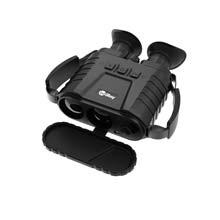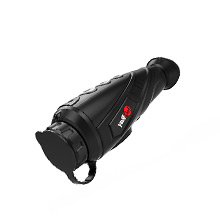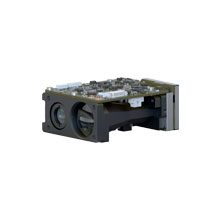What are the Main Uses of Thermal Cameras?
1. About thermal cameras
Today, thermal cameras are used not only for neighbor security, but also for predictive maintenance. Using a thermal camera with temperature trending software, substation operators can remotely inspect equipment, identify components in danger of overheating, and respond to component failures before they occur. Commercial enterprises using multi-spectral imaging solutions for remote monitoring and virtual protection are increasingly adopting thermal camera solutions. They can improve detection accuracy (especially at nights), reduce false alarms and enhance crime prevention capabilities. These solutions have attracted more interest from remote storage companies, construction corporates and private users.
2. Applications of thermal cameras
Thermal cameras not only offer many benefits for physical safety, but also play a critical role in operational efficiency and worker safety improvement in a variety of industrial deployments. While many manufacturing plants, refineries and substations use thermal cameras simply for neighbor protection, these devices also provide critical-task analysis and critical-task automation.
Most industrial facilities handle heavy machinery. They can easily deploy thermal cameras for predictive maintenance. In addition, any industry that uses heat for food processing can benefit from the use of thermal imaging technology to enhance and automate fire safety controls, thus safeguarding operations. Thermal cameras provide a powerful capacity of surveillance and therefore have many potential security uses. For instance, power providers use them to check important power cords. These cameras are typically mounted on UAVs and offer inspection from multiple angles.
Railroad companies use them in a similar way to monitor potential problems on railroad tracks, large devices or infrastructure in remote areas. They also use this technology to detect intruders, prevent malicious sabotage and protect people from accidentally entering potentially dangerous areas. Thermal cameras are also used at ports of shipment to scan intruders or suspicious activities, which can be particularly useful when confronted with terrorist threats. In this case, cameras are used to detect poachers or intruders in the live-action area.
Thermal cameras provide discreet warnings in a variety of application scenarios. Thermal cameras are not designed to identify individuals, but rather to detect events that cause temperatures to rise. Cameras cannot recognize faces in the dark, but can observe people in a specific location and send an alarm to notify the operator if it detects someone approaching a perimeter fence area or other restricted areas.

















